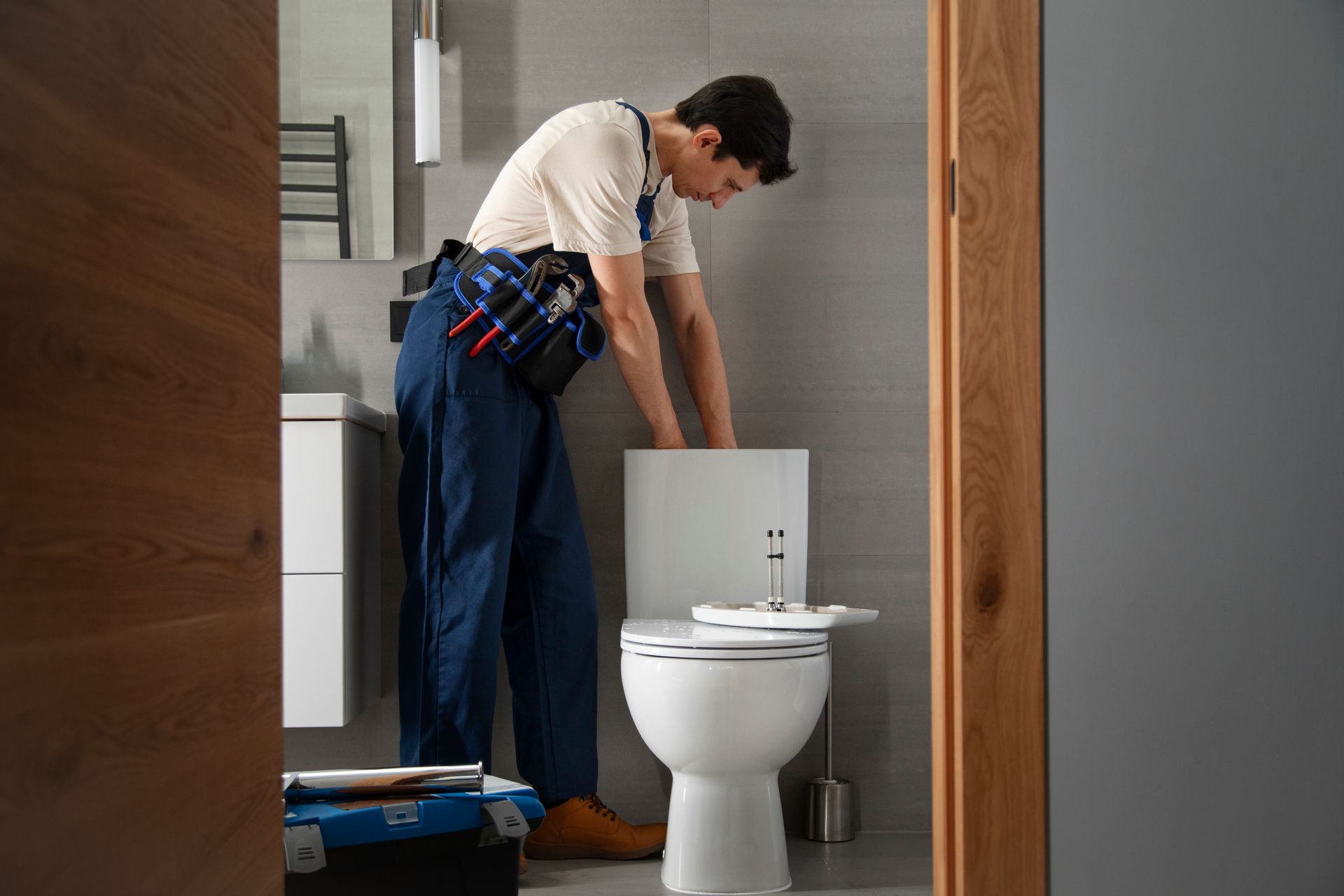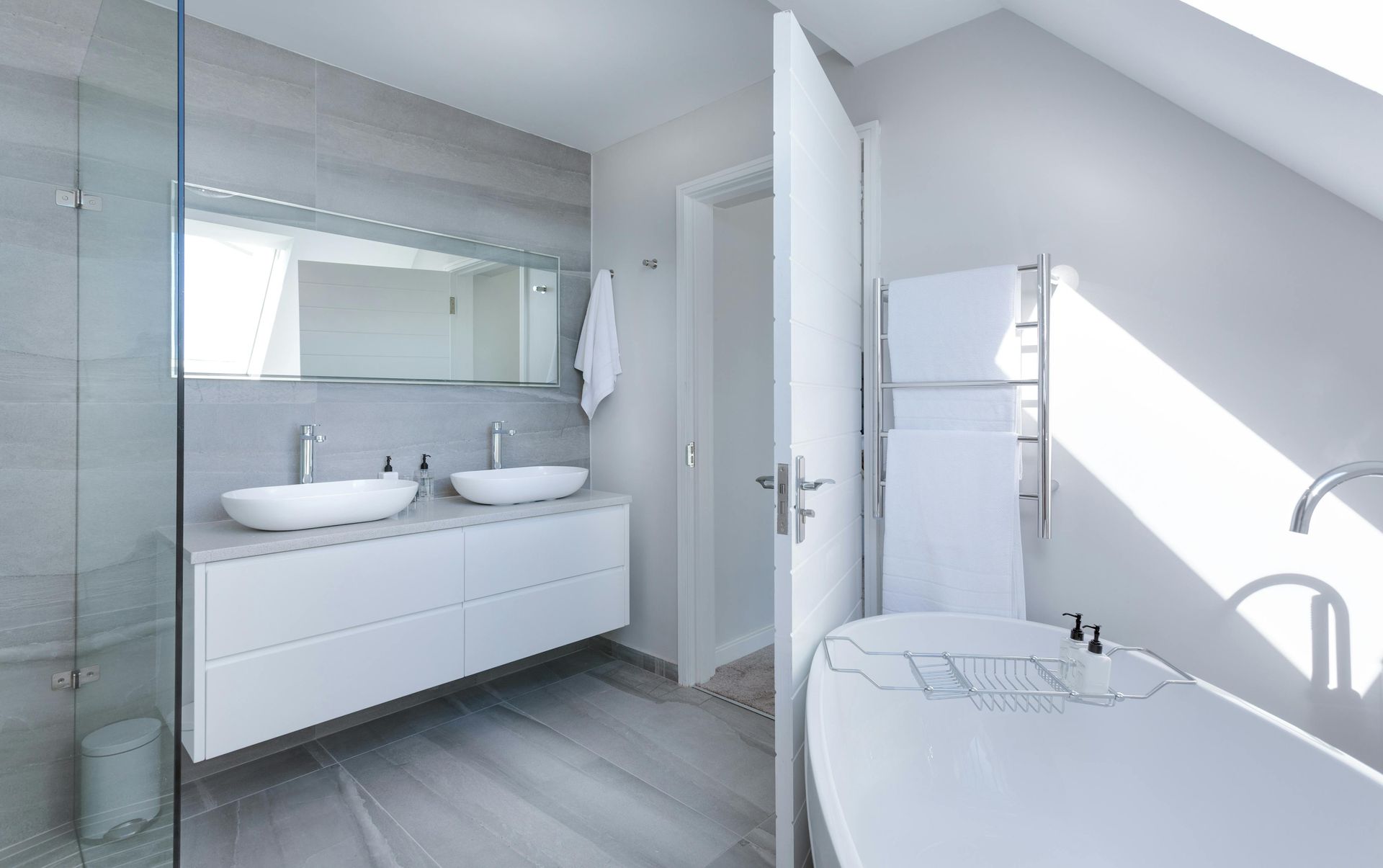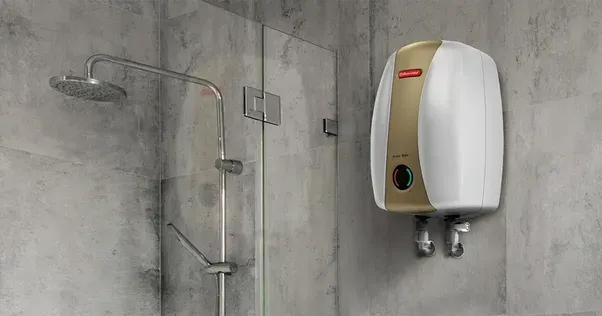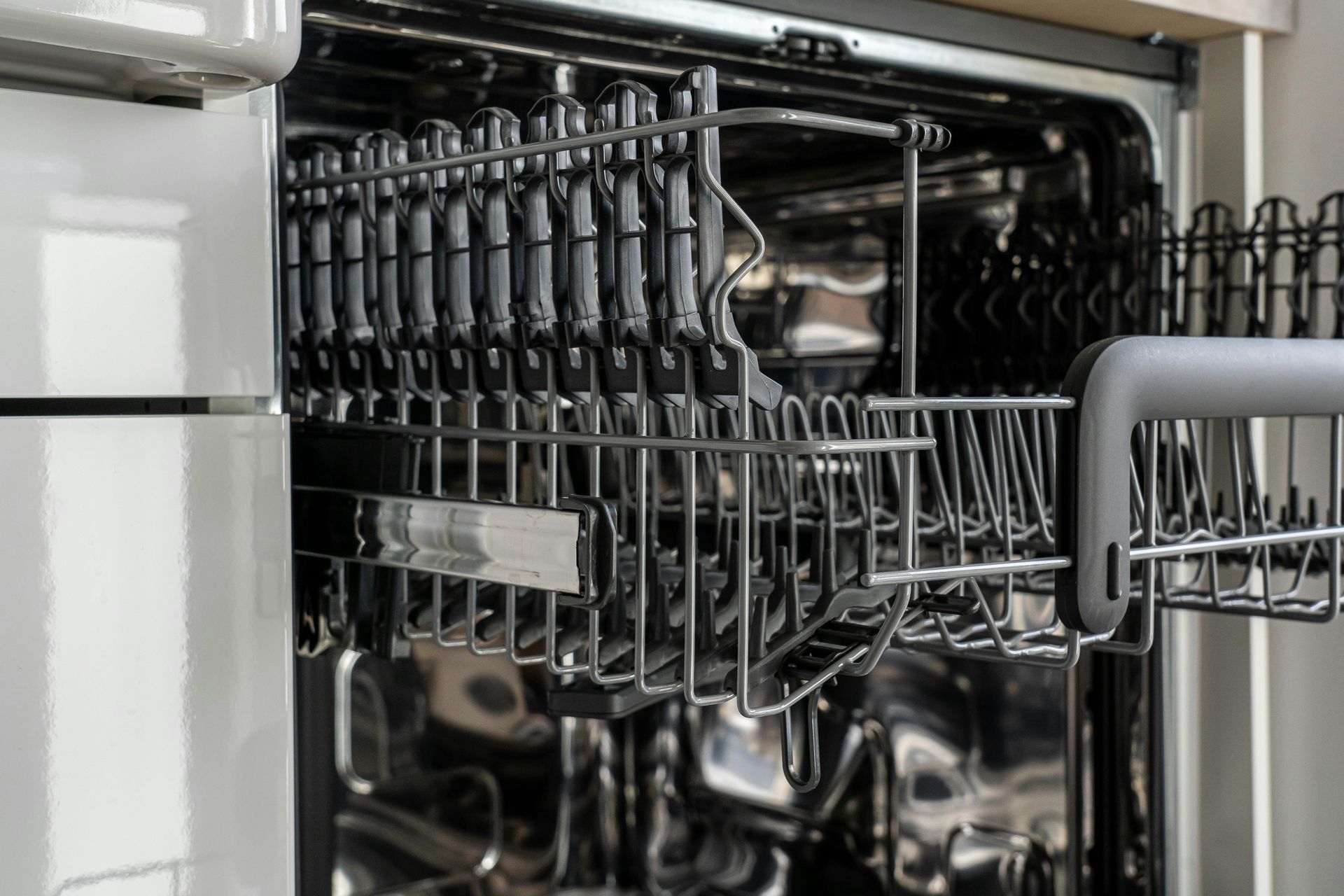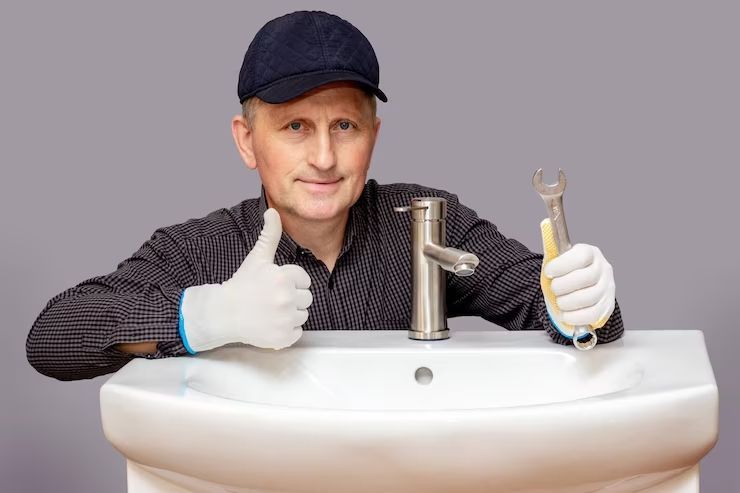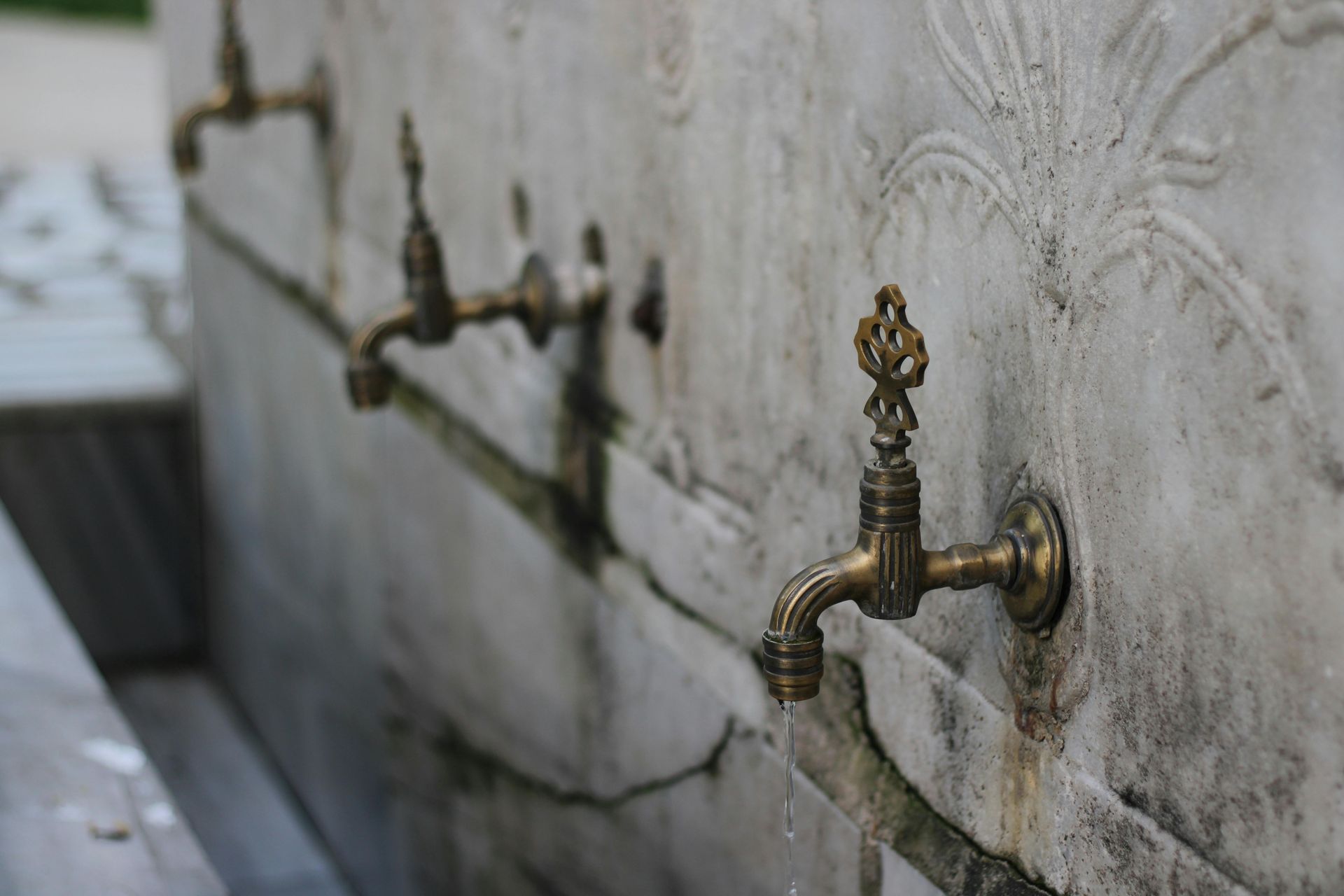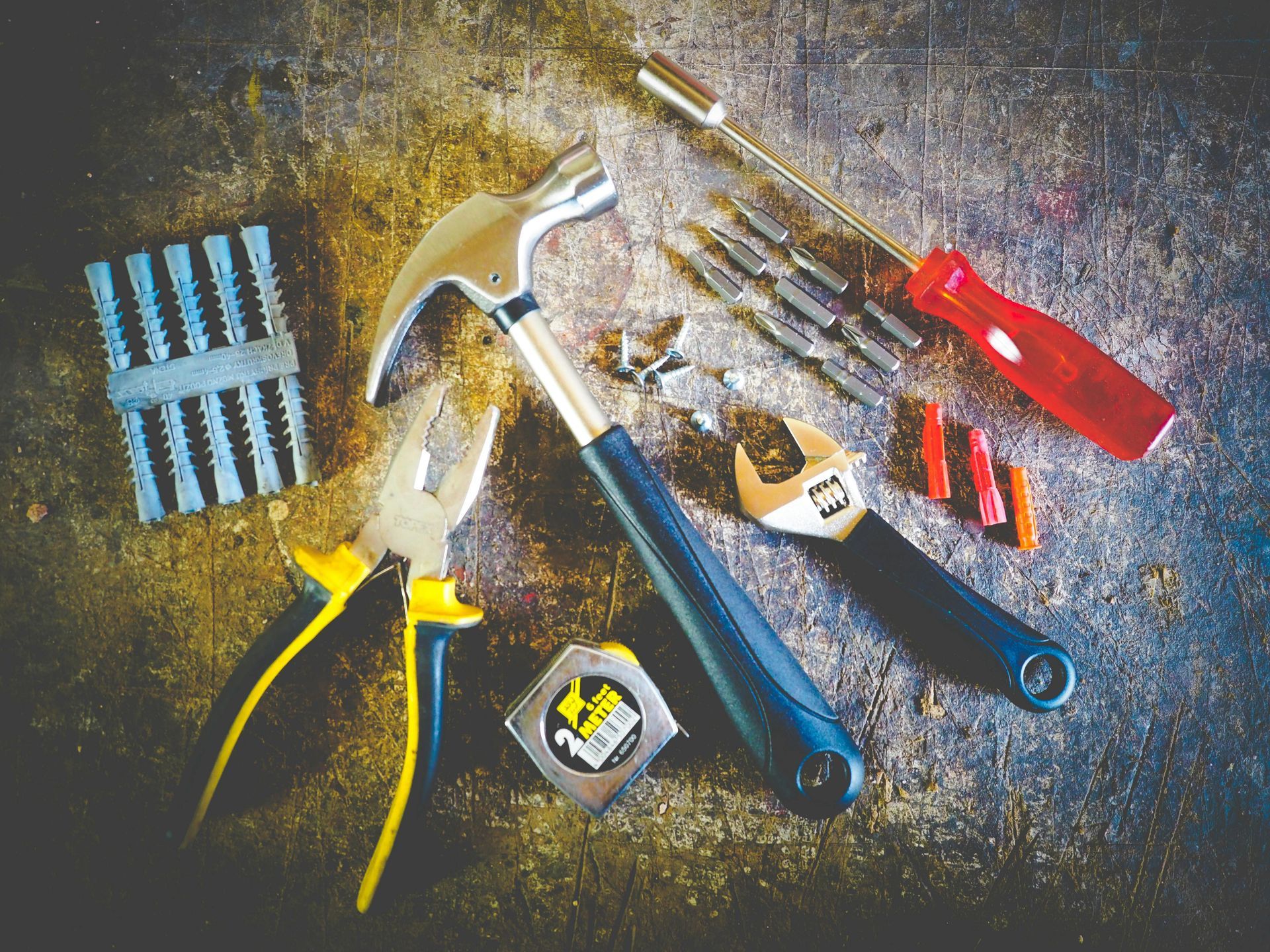Understanding All The Different Types Of Toilets
Choosing the right toilet for your home involves more than just picking a design. It requires understanding the various types available, their mechanisms, installation considerations, and how they fit with your lifestyle and plumbing system. This article offers an in-depth exploration of the most common toilet types, their features, and practical advice to help you make an informed decision while considering long-term efficiency and maintenance.
Close-Coupled Toilets: Classic and Reliable
Close-coupled toilets are among the most familiar and traditional styles. Their defining feature is that the cistern is mounted directly on top of the toilet bowl, forming a compact and sturdy unit. This design simplifies installation and is widely available across different price points and aesthetics, ranging from traditional shapes to modern curves. The visible pipes and cistern make troubleshooting easier, but some homeowners prefer sleeker designs for aesthetic reasons. These toilets generally work well in standard bathroom layouts and are a solid choice for those prioritizing reliable performance.
Back-to-Wall and Wall-Hung Toilets: Modern Minimalism
Back-to-wall toilets offer a more contemporary look, with the cistern concealed behind the wall or inside fitted furniture. This arrangement improves bathroom decluttering and creates a seamless appearance, which can visually expand smaller spaces. However, the hidden cistern complicates installation and future maintenance.
Wall-hung toilets go further in embracing modern design. These toilets are affixed to the wall, leaving the floor beneath free. This floating style not only adds visual airiness and ease of floor cleaning but also allows adjustments in seat height for accessibility. Both back-to-wall and wall-hung toilets require sturdy, load-bearing frames behind walls and generally involve more complex and costly installation.
High-Level and Low-Level Toilets: Vintage Elegance
For those passionate about classic or period styles, high-level and low-level toilets present timeless options. High-level toilets feature the cistern mounted high on the wall, often with a pull chain flush that adds decorative charm reminiscent of Victorian times. Low-level toilets have the cistern positioned closer to the bowl but still more prominently displayed than modern hidden cisterns. These styles, while attractive for heritage homes, demand careful measurement and offer different installation challenges requiring solid wall supports.
One-Piece Versus Two-Piece Toilets: Considerations
Aside from installation style, toilets are also categorized by their construction: one-piece or two-piece. One-piece toilets combine the bowl and cistern into a singular molded unit, which reduces seams and crevices for easier cleaning and a sleek look. However, due to their bulk and weight, they may be harder to install or move.
Two-piece toilets, by contrast, have separate tanks and bowls joined during installation. They tend to be more affordable and easier to maintain since individual components can be repaired or replaced. This flexibility makes two-piece models very popular for many households.
Specialized Toilet Types: Pressure-Assisted and Rimless
Pressure-assisted toilets utilize compressed air inside the tank to boost flush power, effectively reducing clogs and conserving water. These models are favored in commercial or high-traffic residential settings but tend to operate at higher noise levels and may require professional maintenance.
Rimless toilets, designed without the usual bowl rim, enhance hygiene by eliminating areas where bacteria and dirt can accumulate. Their ease of cleaning and efficient circular flush make them attractive for modern bathrooms emphasizing sanitation.
Water Efficiency and Sustainability
With increased attention on environmental responsibility, many homeowners aim to save water with low-flow fixtures and appliances. Dual-flush toilets offering distinct flush volumes for liquid and solid waste help reduce overall water consumption significantly. These designs align well with eco-conscious living without compromising performance.
Moreover, the plumbing system’s compatibility with water-saving toilets must be considered. For instance, older homes with expansion tanks might require retrofits to ensure optimal operation and water pressure.
Installation and Professional Advice
Installing or upgrading toilets often involves plumbing modifications, including pipe cutting and fitting. Knowing when to use a pipe cutter versus a hacksaw can influence installation success. Generally, pipe cutters provide cleaner, more precise cuts on copper and plastic pipes, reducing the risk of damage, while hacksaws are suited for tougher metals or situations where pipe cutters cannot reach.
During installation or plumbing emergencies, relying on expert technicians is vital to avoid damage or compliance issues. Trusted providers like All City Plumbers offer comprehensive services, from consultation to installation and emergency services, ensuring your toilet functions safely and efficiently.
Conclusion
Selecting the right toilet depends on balancing aesthetics, functionality, water efficiency, and installation practicality. Whether opting for classic close-coupled models or sleek wall-hung designs, understanding the nuances of each type arms you with the knowledge to make the best choice for your home. Coupled with professional advice and maintenance, these decisions contribute to a comfortable, efficient, and modern bathroom environment.

